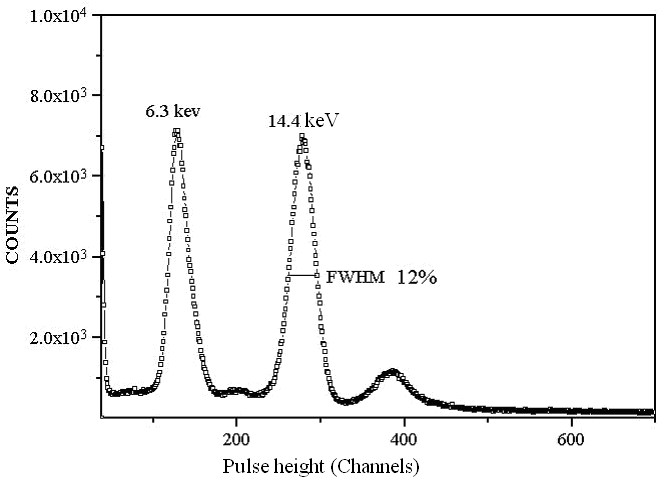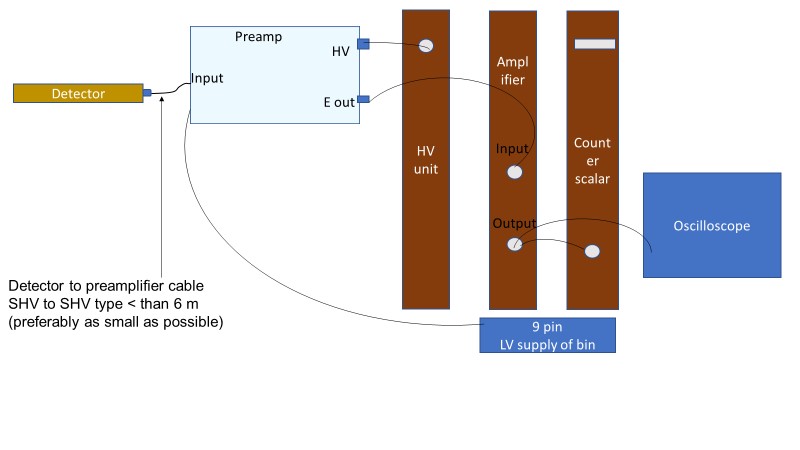

The X ray proportional counting system is useful for measurements of soft X-rays/gamma rays from isotopic sources as well as X-ray generator. Detector is based on a gas filled proportional counter and can be operated in sealed and flow type operation. It counts the number of X-rays as well as capable of recording an energy spectrum of the source with 10% of FWHM energy resolution at energy of 14.4 keV. X-ray proportional counters show high resolution performance at X-ray energies < 50 keV. This feature makes these detectors ideal for X-ray fluorescence spectroscopy, thin film thickness gauging and Mossbauer studies. Pulse mode operation also enables to record small variation in X-ray energy as essential for Mossbauer experiments. It can be also used in X-ray diffraction experiments with step scan method to record x-ray intensity verses 2Θ angular distribution of diffracted X-rays. is useful for measurement of X ray energy spectrum, intensity of X rays.
Parties with experience and interest in building nuclear radiation detectors / sources are invited.
Proportional counter for soft X ray/gamma ray energy Spectroscopy is useful for measurements of intensity and energy spectrum of soft X-rays/gamma rays from isotopic sources as well as X-ray generator.
Detector is capable of measuring intensity and an energy spectrum of the X-rays/gamma ray source with 10-12 % of FWHM energy resolution at energy of 14.4 keV. X-ray proportional counters show high resolution performance at X-ray energies < 50 keV. This feature makes these detectors ideal for X-ray fluorescence spectroscopy, thin film thickness gauging and Mossbauer studies.
Proportional counter for soft X ray/gamma ray energy Spectroscopy is useful for measurements of intensity and energy spectrum of soft X-rays/gamma rays from isotopic sources as well as X-ray generator.
PRINCIPLE OF OPERATION
Gas filled proportional counters are commonly used in detection of X-rays, as they can be built in any size and shape, have relatively good energy, high efficiency, good uniformity over the sensitive volume, shows no radiation damage and very low intrinsic background as compared to the solid state and scintillation detectors.
The detection process used for low energy photon (Ep) in the range of 3 keV to 50 keV, is its complete absorption of photon by an inner shell electron. The secondary effects used for detection process are:
SPECIFICATIONS
Infrastructural Requirements
EQUIPMENTS
Consumables
MANPOWER REQUIREMENT
Electrical Power Requirement:
Precautions


